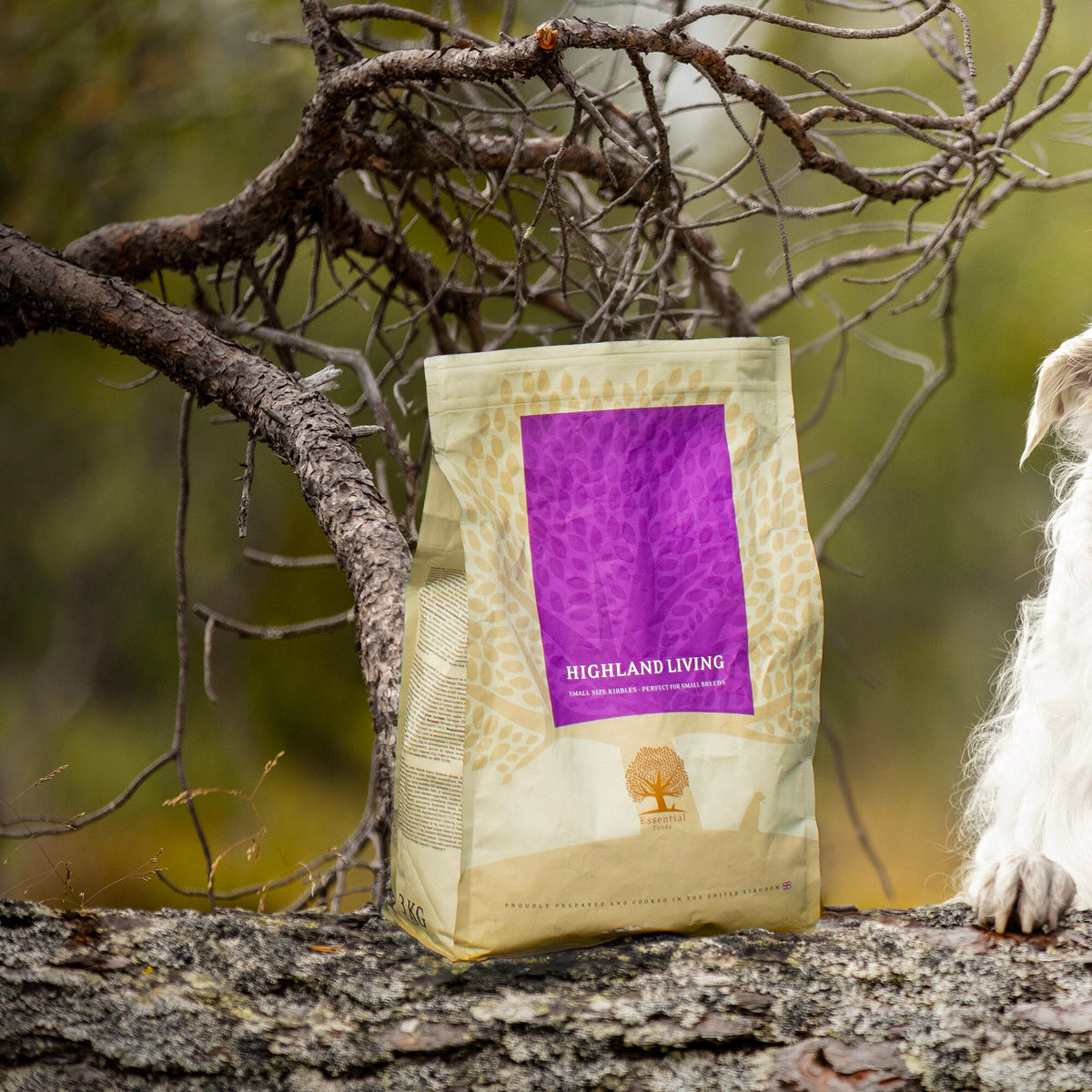Your Cart is Empty

As pet owners, we often wonder about the safety of sharing certain foods with our beloved dogs. Strawberries are a popular, delicious fruit enjoyed by many, but can dogs eat strawberries safely? In this article, we will explore the benefits, risks, and proper ways to feed strawberries to your pets.
Strawberries are not only tasty but also packed with numerous nutrients that can benefit your dog’s health. Here are some of the key nutritional benefits of strawberries:
Strawberries are rich in vitamin C, which supports a healthy immune system and can help reduce inflammation. They also contain other essential vitamins like vitamin K and vitamin B9 (folate). These vitamins contribute to your dog's overall health by supporting functions such as blood clotting and cell growth.
The vibrant red color of strawberries comes from antioxidants like anthocyanins, which help fight free radicals in the body. Antioxidants are crucial for maintaining your dog's health, as they protect cells from damage and can help prevent chronic diseases.
Strawberries are an excellent source of dietary fiber, which aids in digestion and helps maintain a healthy weight. Fiber can help regulate your dog’s bowel movements and prevent constipation.
One of the great things about strawberries is that they are low in calories. This makes them a guilt-free treat that you can share with your dog without worrying about excessive calorie intake.
While strawberries offer numerous health benefits, there are some potential risks to be aware of:
Just like humans, dogs can have allergic reactions to certain foods, including strawberries. Symptoms of an allergic reaction may include itching, swelling, difficulty breathing, or gastrointestinal upset. If your dog shows any of these signs after eating strawberries, stop feeding them and consult your veterinarian immediately.
Whole strawberries can pose a choking hazard, especially for small dogs. It’s important to cut the strawberries into small, bite-sized pieces to prevent choking and ensure safe consumption.
Strawberries are often treated with pesticides and other chemicals. It’s crucial to wash the strawberries thoroughly before feeding them to your dog. Whenever possible, opt for organic strawberries to reduce the risk of pesticide exposure.
To ensure that your dog can safely enjoy strawberries, follow these guidelines:
When introducing strawberries to your dog’s diet, start with a small amount to see how they react. Monitor for any signs of an allergic reaction or digestive issues. If your dog tolerates strawberries well, you can gradually increase the amount.
Always wash the strawberries thoroughly to remove any pesticides or chemicals. Cut the strawberries into small, manageable pieces to prevent choking. For smaller dogs, you may even want to mash the strawberries.
Even though strawberries are healthy, they should be given in moderation. Treats should only make up about 10% of your dog’s daily caloric intake. Overfeeding strawberries can lead to digestive upset or contribute to weight gain.
Avoid giving your dog strawberries that have been processed with artificial additives such as sugar, syrup, or chocolate. These additives can be harmful to your dog’s health. Stick to fresh, plain strawberries.
If you want to make strawberry treats more exciting for your dog, consider these creative serving ideas:
Frozen strawberries can be a refreshing treat, especially during hot weather. Simply wash, cut, and freeze the strawberries before giving them to your dog. The cold treat can also help soothe teething puppies.
Blend fresh strawberries into a purée and mix it with your dog’s regular food or yogurt. This can add a tasty twist to their usual meals and provide additional nutrients.
You can make homemade dog biscuits using strawberries. Combine mashed strawberries with oats and a little bit of honey, then bake until they are firm. These biscuits make a healthy and delicious treat.
Create dog-friendly popsicles by blending strawberries with plain, unsweetened yogurt and freezing the mixture in ice cube trays. These popsicles can be a fun and cooling snack for your dog.
Yes, puppies can eat strawberries, but it’s important to introduce them slowly and in small amounts. Puppies have sensitive digestive systems, so monitor for any adverse reactions.
The number of strawberries you can give your dog depends on their size and overall diet. A good rule of thumb is to limit treats to 10% of their daily caloric intake. For a small dog, one strawberry cut into pieces may be sufficient, while larger dogs can enjoy a few more.
Strawberry leaves are not toxic, but they can be difficult for dogs to digest. It’s best to remove the leaves before feeding strawberries to your dog to prevent any potential digestive issues.
Many berries, such as blueberries, raspberries, and blackberries, are safe for dogs in moderation. However, always introduce new foods gradually and monitor for any adverse reactions.
Strawberries can be a healthy and delicious treat for your dog when given in moderation. They provide valuable vitamins, antioxidants, and fiber that can benefit your dog’s overall health. Always introduce strawberries slowly, prepare them properly, and monitor your dog for any signs of allergic reactions or digestive issues. By following these guidelines, you can safely share the sweet taste of strawberries with your dog.


